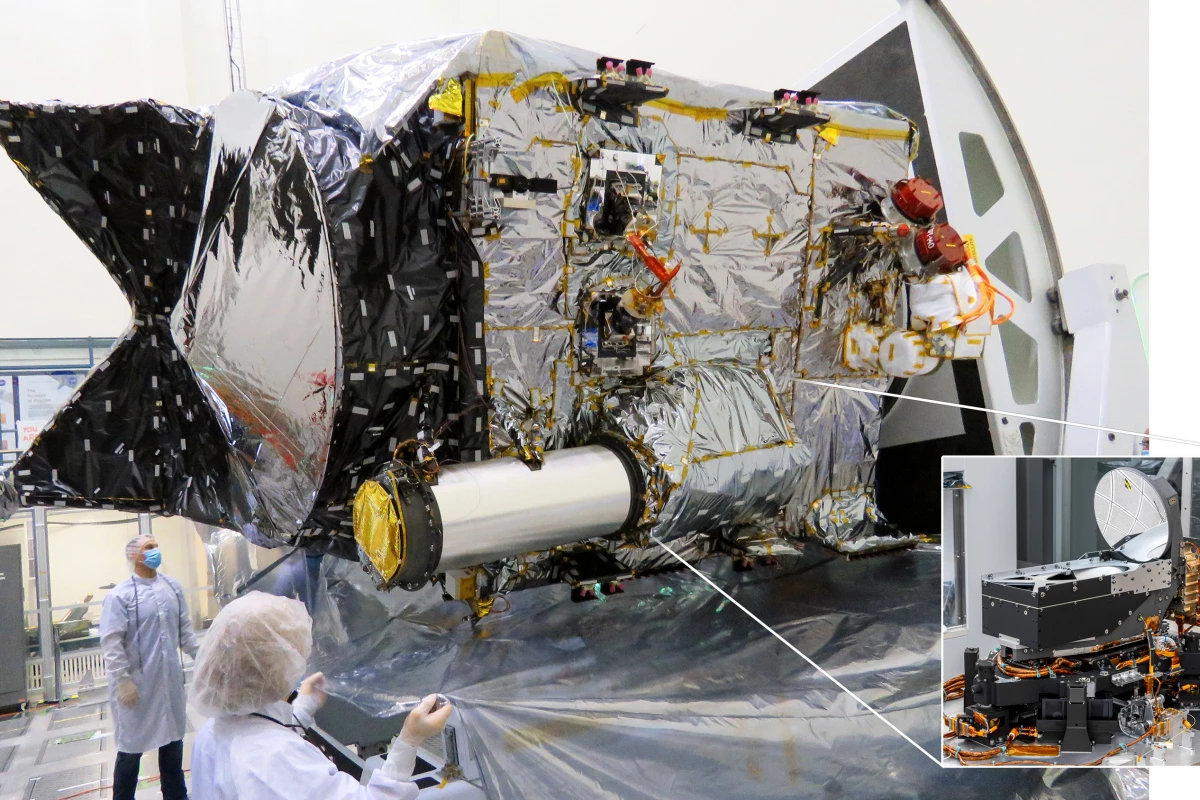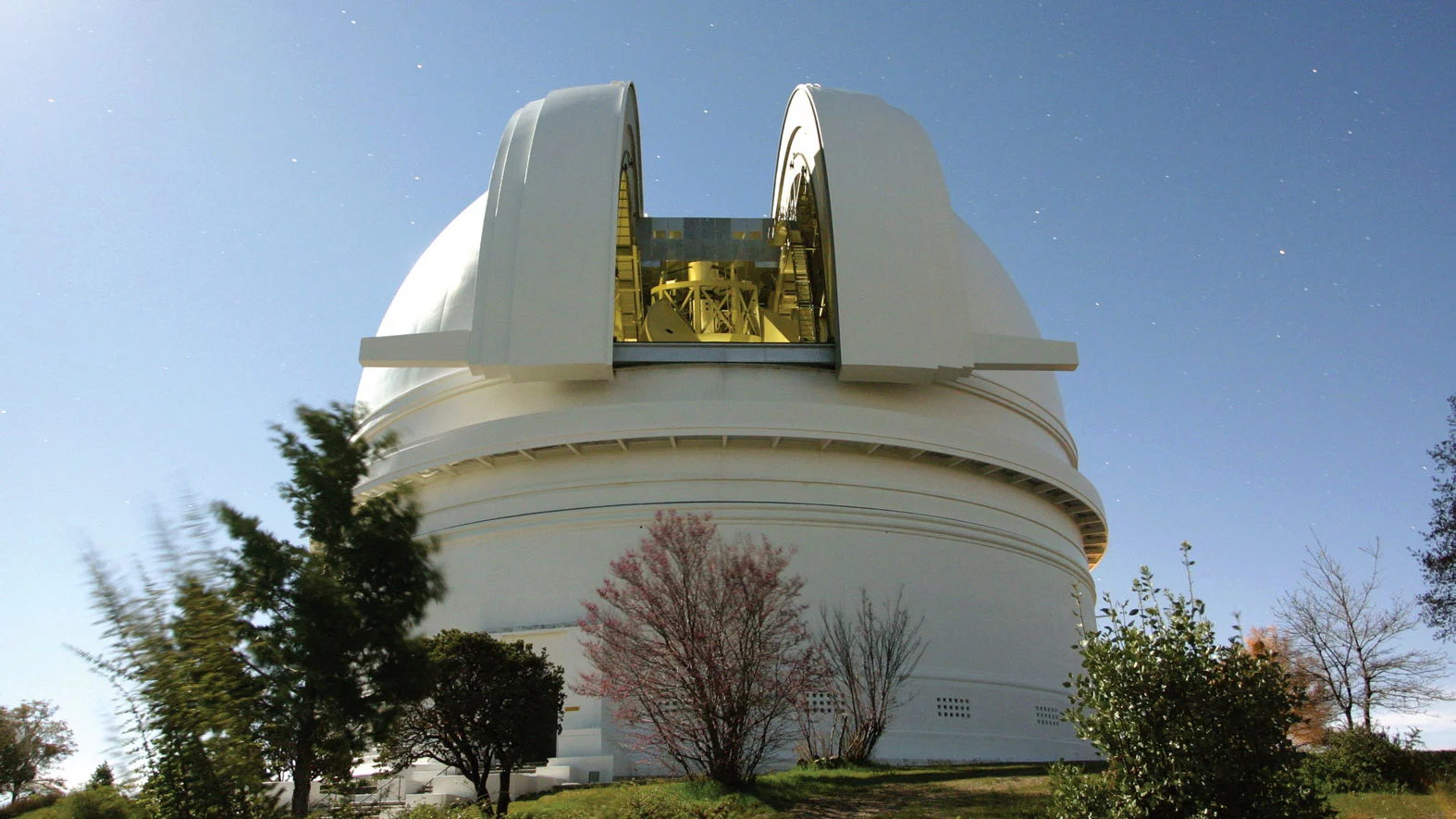When NASA's Psyche probe launches in October on its mission to a metal asteroid as much as 309 million miles (497 million km) from Earth, it will be carrying a new laser communications system that promises to revolutionize deep space missions.
Humanity has made remarkable leaps since the dawn of the Space Age, having visited every planet in our solar system and even sending robotic spacecraft into interstellar space, but these remarkable missions are still hamstrung by radio communications that are still locked in the 1960s.
By relying on old-fashioned X-band radio systems, crewed and robotic missions suffer from bandwidths and transmission speeds that are ridiculously small and slow. A single high resolution image from NASA's Mars Reconnaissance Orbiter can take an hour and a half to send and the data from the New Horizons spacecraft's flyby of Pluto took 16 days to download.
In light of this, NASA has been experimenting with using lasers as a way to not only create much faster direct links between space missions and Earth, but also to free up the Deep Space Network (DSN) of antennas for more important tasks than routine communications.
The latest of these experiments is NASA’s Deep Space Optical Communications (DSOC) project, which involves installing a near-infrared laser transceiver aboard the Psyche spacecraft. The purpose of the demonstration is not only to see how the system operates over a distance of hundreds of millions of miles, but also explore how to optimize the two ground stations in Southern California and compensate for interfering forces.

When operational the DSOC will increase the data flow by a factor of 10 to 100 thanks to a 8.6-in (22-cm) aperture telescope equipped with a never-before-flown photon-counting camera as well as a subsystem to autonomously scan for and lock onto the high-power near-infrared laser uplink transmitted by the Optical Communication Telescope Laboratory at JPL’s Table Mountain Facility near Wrightwood, California. DSOC can then find the Palomar Observatory in San Diego County, California, which is about 100 miles (130 km) south of Table Mountain and acts as the downlink. In addition, a new strut system will dampen spacecraft vibrations to ensure that the laser remains fixed on the distant target.
Meanwhile, The Hale Telescope at Palomar will use a cryogenically cooled superconducting nanowire single photon detector assembly that, as its name suggests, can detect a single laser photon. Because of the immense distance that the laser travels across, both ends of the system must compensate for the change in the positions of the Earth and Psyche during the tens of minutes it takes for the signal to travel between the two.
"DSOC represents the next phase of NASA’s plans for developing revolutionary improved communications technologies that have the capability to increase data transmissions from space – which is critical for the agency’s future ambitions," said Trudy Kortes, director of the Technology Demonstrations Missions (TDM) program at NASA. "We are thrilled to have the opportunity to test this technology during Psyche’s flight."
Source: NASA






